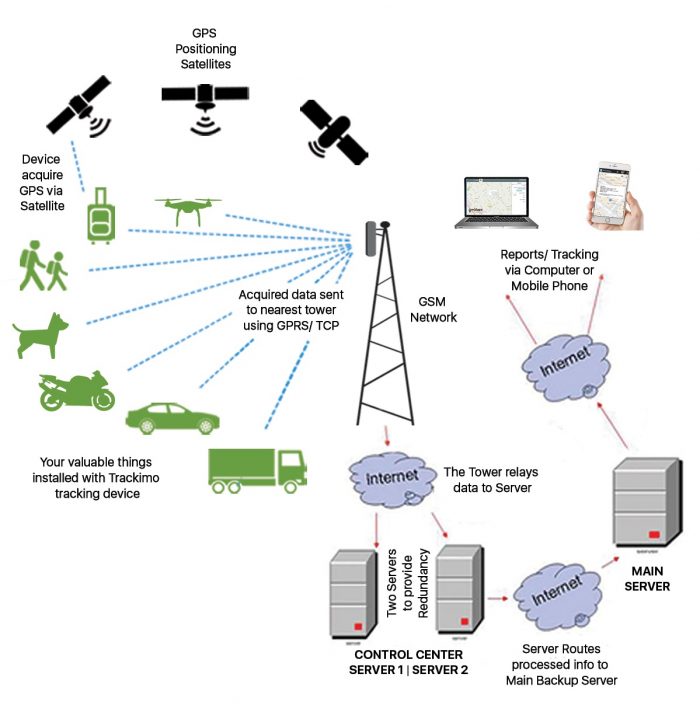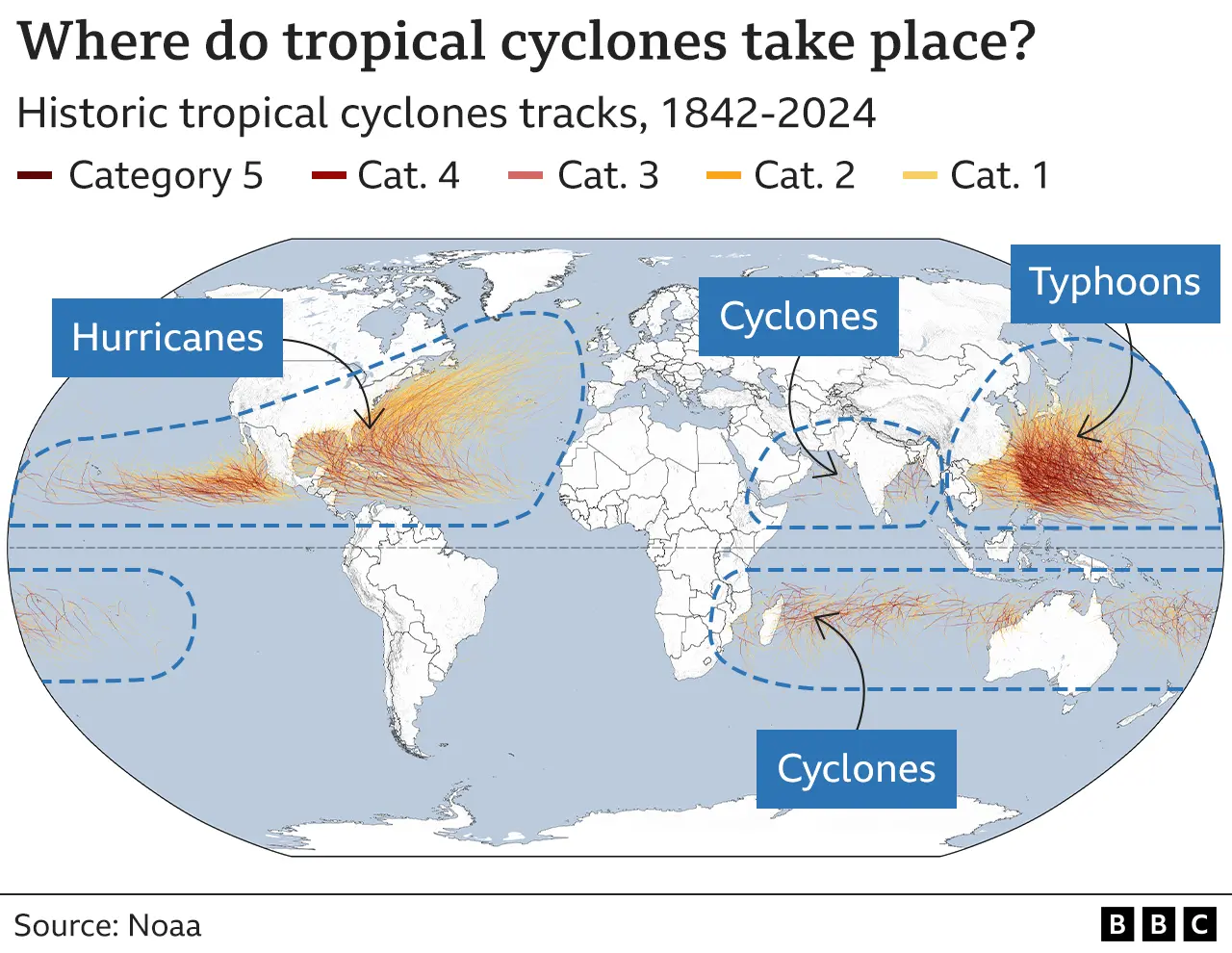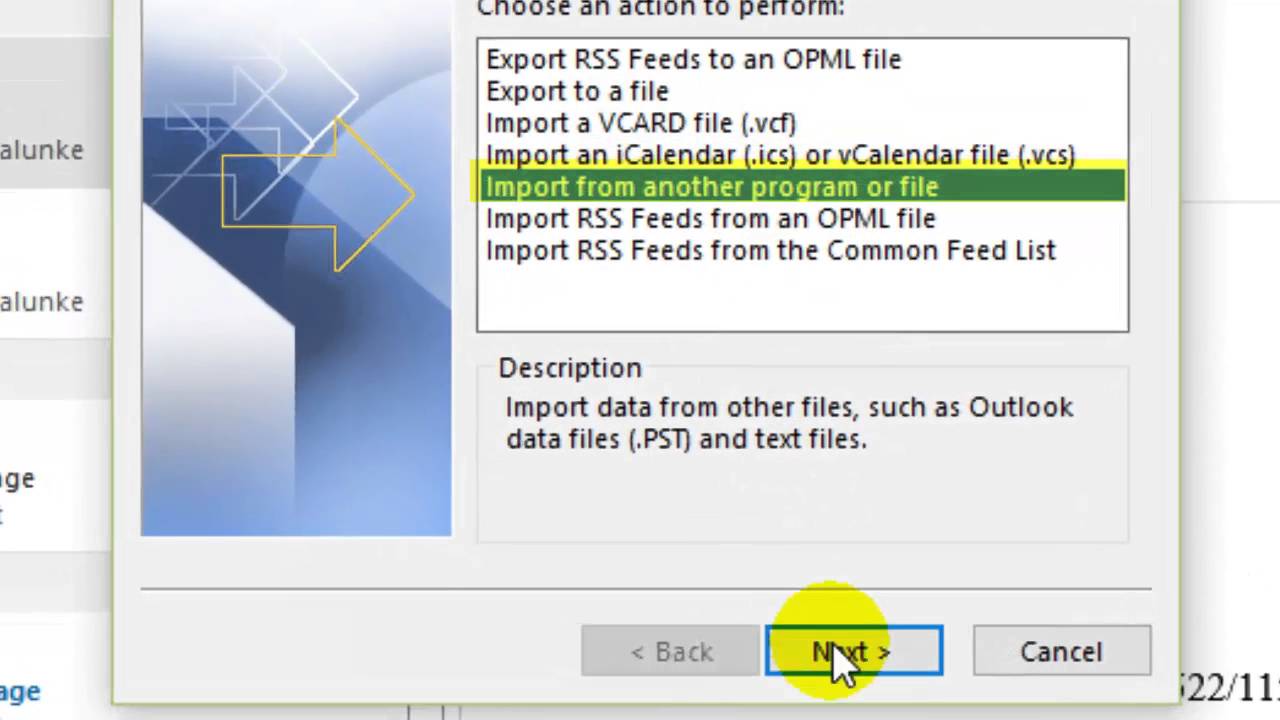5 Ways to Track Globally

In today's interconnected world, tracking and monitoring systems have become essential tools for businesses and individuals alike. Whether it's keeping an eye on shipments, monitoring remote assets, or ensuring the safety of personnel, having reliable tracking methods is crucial. This article explores five effective ways to track globally, offering a comprehensive guide to modern tracking technologies.
1. GPS Tracking Systems

The Global Positioning System (GPS) is a well-known and widely used tracking technology. GPS satellites provide accurate location data, enabling real-time tracking of vehicles, fleets, and even individuals. With GPS tracking, businesses can optimize routes, monitor driver behavior, and enhance fleet efficiency. The technology is particularly useful for transportation and logistics companies, ensuring timely deliveries and improving customer satisfaction.
GPS tracking devices come in various forms, from portable handheld units to integrated systems within vehicles. These devices can provide detailed location history, speed, and route information, allowing businesses to make informed decisions and improve operational efficiency.
Advantages of GPS Tracking
- Real-time location updates for precise tracking.
- Enhanced security and theft prevention for vehicles and assets.
- Improved fleet management and reduced fuel costs.
- Accurate data for better decision-making and planning.
| GPS Device Type | Applications |
|---|---|
| Vehicle GPS | Fleet management, asset tracking, logistics |
| Handheld GPS | Outdoor activities, hiking, emergency response |
| Asset Trackers | Remote asset monitoring, theft prevention |

2. RFID Tracking

Radio Frequency Identification (RFID) is a powerful tracking technology used to automatically identify and track objects or individuals. RFID tags, when activated by a reader, transmit data stored on the tag, providing real-time information on the location and status of assets.
RFID tracking is particularly useful in supply chain management, inventory control, and asset management. It allows businesses to track products throughout the supply chain, from manufacturing to distribution and sales. RFID tags can be attached to a wide range of items, including clothing, electronics, and even livestock, making them versatile tracking tools.
RFID Benefits
- Accurate and real-time tracking of assets and inventory.
- Improved inventory management and stock control.
- Enhanced security and anti-counterfeiting measures.
- Automated data collection for efficient operations.
| RFID Type | Features |
|---|---|
| Passive RFID | Low cost, suitable for short-range tracking |
| Active RFID | Long-range tracking, used for real-time location systems |
| Battery-Assisted Passive (BAP) | Combines benefits of active and passive RFID |
3. Satellite Tracking
Satellite tracking utilizes satellite communication systems to track and monitor objects or individuals globally. This technology is particularly useful for remote areas where GPS signals may be weak or unavailable. Satellite tracking systems can provide precise location data, as well as additional information such as speed, altitude, and heading.
Satellite tracking is widely used in aviation, maritime, and outdoor recreation industries. It ensures the safety of aircraft, vessels, and individuals in remote or offshore locations. The technology provides real-time tracking and monitoring, allowing for prompt response in case of emergencies.
Key Features of Satellite Tracking
- Global coverage, including remote and offshore areas.
- Real-time tracking and monitoring of assets and individuals.
- Enhanced safety and security measures.
- Detailed location and movement data.
| Satellite Tracking System | Applications |
|---|---|
| Iridium | Maritime, aviation, and land-based tracking |
| Globalstar | Remote asset tracking, maritime, and emergency response |
| Inmarsat | Maritime and aviation communication and tracking |
4. BLE Tracking
Bluetooth Low Energy (BLE) tracking is a wireless technology that utilizes Bluetooth signals to track and monitor assets or individuals. BLE beacons, when paired with a compatible device, can transmit location and sensor data, making them ideal for indoor tracking and proximity-based applications.
BLE tracking is commonly used in retail, healthcare, and indoor navigation. It enables precise location-based services, asset tracking, and personnel monitoring. The technology is energy-efficient, ensuring long-lasting battery life for tracking devices.
BLE Tracking Applications
- Indoor asset tracking and inventory management.
- Proximity marketing and customer engagement in retail.
- Healthcare staff and patient monitoring.
- Indoor navigation and wayfinding systems.
| BLE Tracking Solution | Use Cases |
|---|---|
| BLE Beacons | Indoor asset tracking, proximity marketing |
| BLE Tags | Retail inventory management, healthcare asset tracking |
| BLE Sensors | Environmental monitoring, indoor navigation |
5. Cell Tower Tracking
Cell tower tracking utilizes cellular network signals to determine the location of a mobile device. This technology leverages the proximity of cell towers to a device, providing approximate location data. While not as precise as GPS, cell tower tracking is useful for large-scale tracking applications and urban areas with dense cellular coverage.
Cell tower tracking is often employed by mobile network operators for network planning and optimization. It can also be used for tracking the movement of large populations, such as in urban planning or event management. The technology provides valuable insights into human behavior and mobility patterns.
Cell Tower Tracking Advantages
- Large-scale tracking capabilities for population movement analysis.
- Useful for urban planning and network optimization.
- Provides insights into human behavior and mobility.
- Cost-effective solution for tracking a large number of devices.
| Cell Tower Tracking Application | Use Cases |
|---|---|
| Urban Planning | Analyzing pedestrian and vehicle traffic patterns |
| Network Optimization | Cellular network coverage mapping and improvement |
| Event Management | Tracking attendance and crowd movement at events |
Conclusion
The ability to track and monitor globally is essential for businesses and individuals in today’s world. Whether it’s optimizing fleet operations, managing inventory, ensuring personnel safety, or understanding human behavior, the right tracking technology can provide valuable insights and enhance efficiency. GPS, RFID, satellite, BLE, and cell tower tracking each offer unique advantages, and the choice depends on the specific tracking needs and requirements.
By leveraging these modern tracking technologies, businesses and individuals can gain real-time visibility, improve operational efficiency, and make informed decisions. The future of tracking is here, and these technologies are paving the way for a more connected and efficient world.
How accurate is GPS tracking for fleet management?
+GPS tracking for fleet management provides accurate real-time location data, enabling businesses to optimize routes and monitor driver behavior. The accuracy of GPS depends on various factors, including satellite coverage and signal strength. Generally, GPS tracking systems offer a precision of within a few meters, ensuring reliable fleet management.
What are the benefits of RFID tracking in supply chain management?
+RFID tracking enhances supply chain visibility and efficiency. It enables real-time tracking of products, improves inventory management, and reduces human errors in data collection. RFID tags can be scanned quickly, providing accurate and up-to-date information on product location and status.
Can satellite tracking be used for maritime and aviation safety?
+Absolutely! Satellite tracking is crucial for maritime and aviation safety. It provides real-time tracking and monitoring of vessels and aircraft, ensuring prompt response in emergencies. Satellite systems offer global coverage, making them ideal for tracking in remote or offshore areas.
How does BLE tracking improve indoor navigation?
+BLE tracking enhances indoor navigation by providing precise location data. BLE beacons, when deployed strategically, can guide individuals within buildings or indoor spaces. This technology is particularly useful in large facilities like airports, shopping malls, or hospitals, offering accurate wayfinding solutions.
What are the privacy concerns with cell tower tracking?
+Cell tower tracking raises privacy concerns as it can be used to track the location of mobile devices without the user’s knowledge or consent. While it provides valuable data for network planning and urban analysis, it’s important to ensure proper consent and data protection measures are in place to respect user privacy.


